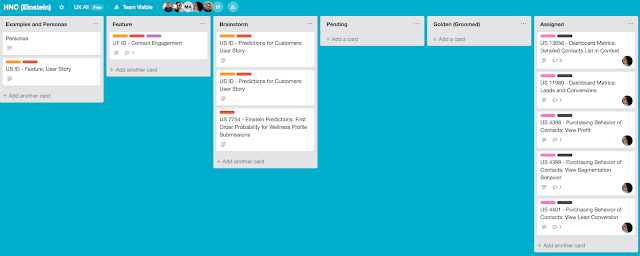Different kinds of organizational structures
An organizational structure is the characteristics of the enterprise which consists relationships, coordination, task allocations and control mechanisms between processes, workforce and management, and designs how assets and resources are distributed, assigned and used in the alignment with organization’s strategy and goals.
There are three major types of organizational structure: functional, matrix (strong, balanced, or weak) and projectized.
In functional organization an employee reports to only one direct manager. This organization has a fairly strict hierarchy of responsibility. Individual jobs are the focal point. Each employee is placed to a particular department, based on skill and qualification matching. This leads to good operational efficiency within the department. Chain of command is stable and linear. However communication among departments can be slow and cumbersome. Project manager is a part-time or seasonal (i.e. very little) role, and does have little or no authority. They are usually experts in their particular unit who have been promoted due to high performance. Functional manager holds the control over projects; they possess full management role and authority.
Projectized organization is the opposite for functional organization: it focuses and collocates its recourses around project work. They are built to do projects: fast-paced, deadline oriented. Examples of such organizations are: IT consulting, construction firms, law offices. Therefore project managers possess all authority, responsibility, and power over the budget allocation. They are fully responsible for their projects and personnel. Employees report directly to project managers. Formalized functional manager role may not exist; if they do they mostly focus on staffing coordination, planning and hiring.
Between two extremes, functional and projectized, lay matrix organizations, which group employees by both function and product. This structure combines functional and projectized elements. There is a variety of structural combinations in matrix organizations: from functional (weak) matrix to project (strong) matrix. Project manager can have very different level of authority from very limited and part-time role in weak matrix to high in strong matrix and at least as much formal authority as functional/line manager if not more. Project managers can be primarily responsible for projects (strong matrix) or just oversee cross-functional aspects of the project (weak matrix). Balanced matrix lay somewhere in between: Project Manager here is usually a part-time role with little formal authority, who provides some input to performance reviews.
All three kinds of org structure might be blended and exist in mixed form within one organization. For example overarching functional organization can have subdivisions, which are projectized themselves; and matrix organizations for example have elements of both border cases: functional and projectized, all interlaced and integrated. And because of temporary nature of the projects some particular organization structure may appear temporarily only for the period of the project lifecycle in the organization, which has a different type of the structure by definition.
There are three major types of organizational structure: functional, matrix (strong, balanced, or weak) and projectized.
In functional organization an employee reports to only one direct manager. This organization has a fairly strict hierarchy of responsibility. Individual jobs are the focal point. Each employee is placed to a particular department, based on skill and qualification matching. This leads to good operational efficiency within the department. Chain of command is stable and linear. However communication among departments can be slow and cumbersome. Project manager is a part-time or seasonal (i.e. very little) role, and does have little or no authority. They are usually experts in their particular unit who have been promoted due to high performance. Functional manager holds the control over projects; they possess full management role and authority.
Projectized organization is the opposite for functional organization: it focuses and collocates its recourses around project work. They are built to do projects: fast-paced, deadline oriented. Examples of such organizations are: IT consulting, construction firms, law offices. Therefore project managers possess all authority, responsibility, and power over the budget allocation. They are fully responsible for their projects and personnel. Employees report directly to project managers. Formalized functional manager role may not exist; if they do they mostly focus on staffing coordination, planning and hiring.
Between two extremes, functional and projectized, lay matrix organizations, which group employees by both function and product. This structure combines functional and projectized elements. There is a variety of structural combinations in matrix organizations: from functional (weak) matrix to project (strong) matrix. Project manager can have very different level of authority from very limited and part-time role in weak matrix to high in strong matrix and at least as much formal authority as functional/line manager if not more. Project managers can be primarily responsible for projects (strong matrix) or just oversee cross-functional aspects of the project (weak matrix). Balanced matrix lay somewhere in between: Project Manager here is usually a part-time role with little formal authority, who provides some input to performance reviews.
All three kinds of org structure might be blended and exist in mixed form within one organization. For example overarching functional organization can have subdivisions, which are projectized themselves; and matrix organizations for example have elements of both border cases: functional and projectized, all interlaced and integrated. And because of temporary nature of the projects some particular organization structure may appear temporarily only for the period of the project lifecycle in the organization, which has a different type of the structure by definition.



Comments
Post a Comment